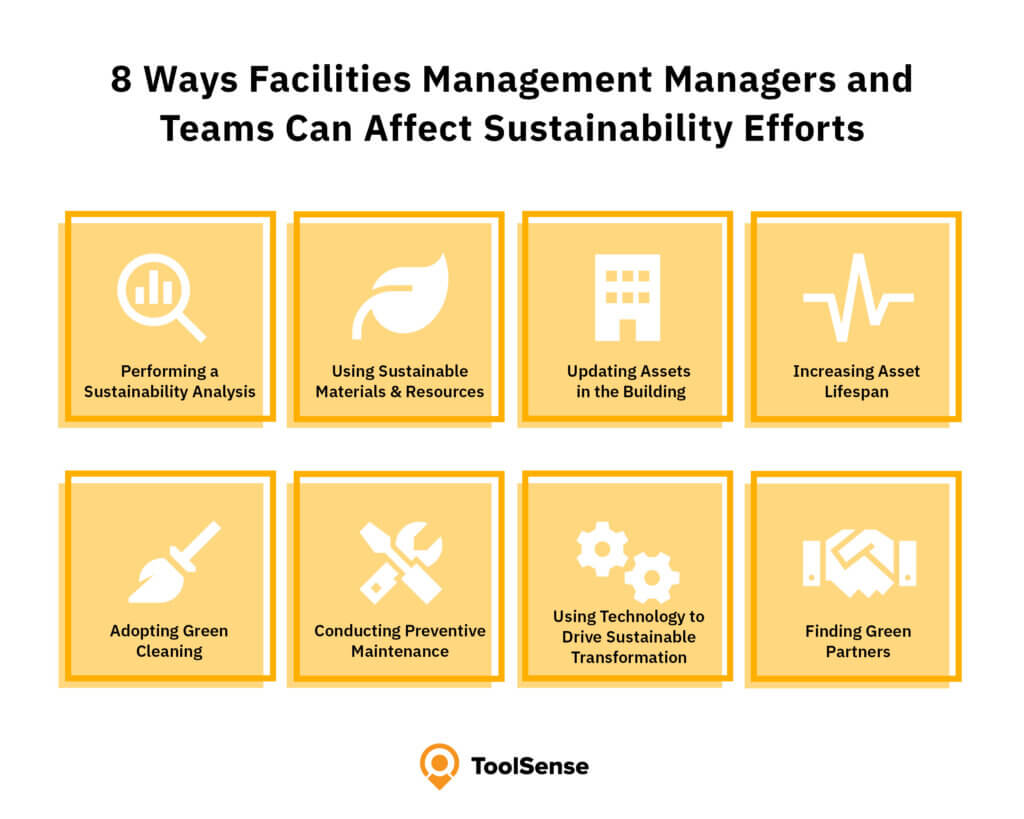Exploring the Benefits of Facility Management in Today's Company Landscape
The Crucial Guide to Facility Monitoring: Approaches for Success
Facility monitoring plays an essential duty in the overall success of an organization, functioning as the backbone that supports efficiency, effectiveness, and safety and security. By employing critical techniques such as incorporated technical services and cultivating cross-departmental collaboration, companies can dramatically improve their operational foundations. Nonetheless, the nuances of effective facility monitoring prolong beyond mere logistics and call for a comprehensive understanding of both quantitative and qualitative metrics. As we discover these necessary strategies, a closer assessment exposes how they can transform not simply centers, however the very society within an organization itself. What might these improvements look like in practice?
Understanding Center Management
What makes up effective facility monitoring? Effective center management incorporates the sychronisation of different business features to guarantee that constructed atmospheres are safe, reliable, and favorable to productivity. Facility Management. It integrates the concepts of style, company, and design management to create a smooth operational circulation within a company
Crucial element of center monitoring include space planning, upkeep monitoring, and conformity with health and wellness policies. Area preparation concentrates on maximizing the usage of physical resources to support organizational goals, while maintenance management ensures that facilities are maintained in optimum condition, taking full advantage of lifespan and lowering operational costs. Compliance with legal and regulatory standards is important, as it safeguards the organization against potential liabilities and enhances its reputation.
In addition, reliable center administration relies upon the tactical use technology, such as Structure Monitoring Equipment (BMS) and Computer-Aided Center Administration (CAFM) tools. These technologies facilitate real-time surveillance of structure systems and improve maintenance processes. Inevitably, a thorough strategy to facility management not just advertises operational efficiency yet likewise promotes a positive setting for site visitors and workers alike, driving overall business success.
Key Techniques for Optimization
Maximizing center monitoring needs a calculated approach that lines up operational methods with business purposes. To achieve this, the very first crucial technique is the implementation of incorporated technological solutions. Making use of sophisticated software systems permits real-time monitoring of center operations, promoting data-driven decision-making and enhancing total effectiveness.
Second of all, routine assessments of facility performance are important. Conducting regular inspections and audits allows center managers to identify locations that require enhancement, making certain that resources are designated effectively. This positive strategy assists in decreasing downtime and enhancing solution distribution.
One more vital method is promoting collaboration across divisions. By motivating open communication in between groups, facility managers can better straighten their approaches with company goals, causing boosted operational synergy. Furthermore, involving team in training programs promotes a culture of responsibility and boosts their capacity to contribute to optimization efforts.
Enhancing Safety Procedures
Enhancing safety methods is crucial for creating a safe setting within facilities. A comprehensive safety and security procedure not only protects staff members and site visitors however likewise improves functional performance. To attain this, facility managers should perform regular risk analyses to recognize possible hazards and make sure that suitable actions remain in location.
Educating and education are important components of reliable security methods - Facility Management. Employees should get recurring training in emergency procedures, equipment handling, and individual safety steps. Routine drills, such as fire evacuations or next page lockdown procedures, foster experience and preparedness amongst staff
In addition, clear communication networks should be established to report security issues quickly. This consists of developing an available system for workers to voice potential risks or events without fear of . Leveraging technology can boost safety and security actions; for instance, implementing monitoring systems and accessibility controls aids check center tasks and limit unauthorized access.
Lastly, conformity with regional laws and industry criteria is non-negotiable. Regular audits and reviews of security protocols make sure placement with existing legislations and best practices. By prioritizing these strategies, facility supervisors can cultivate a culture of security that safeguards all stakeholders and eventually adds to the organization's success.
Improving Workplace Environment

Ergonomic considerations are vital to minimize physical stress and pain. Facility Management. This involves providing flexible furnishings, correct lighting, and sufficient area for motion. These changes can result click this site in reduced absence and boosted task fulfillment
Visual appeals play a vital duty in forming the workplace atmosphere. Using shade psychology, natural lighting, and greenery can foster a promoting and inviting setting. Thoughtfully created rooms can improve creative thinking and improve overall health.
Furthermore, motivating employee engagement through comprehensive decision-making processes can enhance the feeling of possession and belonging. Gathering feedback on workplace enhancements and including staff members in the layout process can bring about a much more customized setting that satisfies their needs.
Last but not least, advertising well-being campaigns, such as health cares and leisure rooms, can further add to a helpful workplace society. By concentrating on these strategies, facility managers can properly enhance the workplace atmosphere, driving both worker contentment and business success.
Determining Success in Facilities
Gauging success in facility monitoring requires a thorough technique that evaluates both quantitative and qualitative metrics. Measurable metrics usually consist of essential efficiency indicators (KPIs) such as room utilization rates, energy intake, maintenance expenses, and occupancy degrees. These metrics offer a clear photo of operational efficiency and economic efficiency, enabling center supervisors to recognize locations for renovation and benchmark versus market standards.
Qualitative metrics, on the other hand, concentrate on individual fulfillment and worker engagement. Studies and comments devices can assess exactly how well the centers meet the demands of passengers, helping to evaluate the general workplace setting. This element is essential, as a completely satisfied workforce is frequently linked to enhanced performance and retention rates.
To successfully measure success, facility supervisors ought to also consider integrating technology, such as constructing administration systems and information analytics devices, to accumulate and assess pertinent information. On a regular basis examining both sets of metrics permits an extra balanced sight of efficiency and educates tactical choices. Eventually, an effective center management approach depends upon a commitment to constant improvement, making certain that both operational efficiencies and individual complete satisfaction are focused on.
Final Thought

Facility monitoring plays a crucial function in the total success of a company, serving as the foundation that supports efficiency, safety and security, and performance.Secret components of center management consist of space planning, upkeep management, and compliance with health and safety regulations.In addition, effective facility monitoring depends on the calculated usage of technology, such as Structure Administration Equipment (BMS) and Computer-Aided Center Monitoring (CAFM) tools. Eventually, a detailed approach to facility administration not just advertises functional performance but likewise cultivates a positive atmosphere for site visitors and employees alike, driving overall organizational success.
Eventually, a successful center management method pivots on a commitment to constant renovation, guaranteeing that both functional efficiencies and customer fulfillment are focused on.